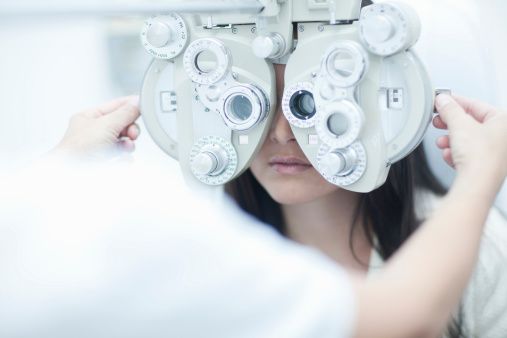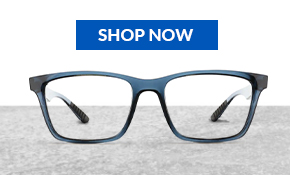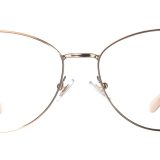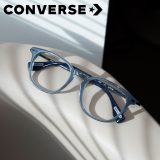Progressive Lenses Versus Bifocals: Which Should You Choose?
If the time has arrived for glasses to be a permanent, and necessary, part of your life, you may find yourself with an important decision to make. Let’s say your reading glasses aren’t cutting it anymore and the optometrist recommends you choose a product that allows you to see both near and far through the same lens. Your options are bifocals or progressives.
How do you know what to choose?
Let’s start by defining the terms. Both a bifocal lens and a progressive lens offer the two different areas of vision correction. On a traditional bifocal lens you can see the two areas by looking at the lens because of the horizontal dividing line that separates the areas. Whereas, on a progressive lens you can’t see this line. This is why you’ll often hear progressive lenses referred to as “no-line” bifocals.
Bifocal Lenses
On a bifocal, you’ll look through the top portion of the lens when you want to see far away, and you’ll look through the bottom portion of the lens too see things close up. You’ll know a traditional bifocal by this reading portion of the lens. Though styles vary depending on the patients lifestyle and needs, one of the most common styles includes a reading portion of the lens that looks like a letter “D” lying on its hump side.
Although a traditional bifocal will take some getting used to, generally your eyes will adjust quickly to looking up for driving and down for reading. Most wearers don’t have a difficult time transitioning to bifocals after a day or so because they are already used to wearing glasses for one purpose or another.
Progressive Lenses
Progressive lenses are subtler in their transition. They provide a graduated range of vision correction from distance at the top to your reading prescription at the bottom. Some experts say that progressive lenses offer a more “natural” approach to vision correction since they offer different levels of the correction throughout the corrective portion of the lens–it seemingly “progresses.”
Progressive lenses can take a few days to get used to as well before your eyes naturally choose the right spot on the lens to look through given the scenario.
So which should you choose?
In some cases, the choice boils down to simple vanity. Wearers feel like traditional bifocal lenses look old-fashioned and they want to hide this evidence of their age.
For others, conventional bifocals are a better choice because they offer a larger area for reading and computer work. There are also occupational specialty bifocals that can put the close-up prescription in a specific segment (called the “seg”) of the lens depending on the wearer’s preference.
Talk to your optometrist at your closest America’s Best retailer to find out more about the differences and to choose the lens that is right for you.










